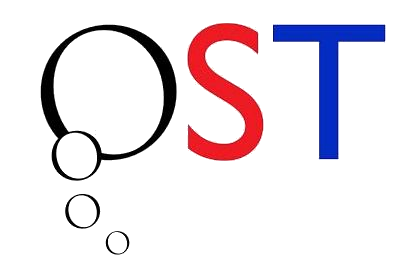The arts in our emotions
Education is a human condition, in which curiosity is the engine of achievement. It is not an industrial process, involving command and control, where standardisation and testing is the norm. Tests obstruct learning, when they should be diagnostic. Why do we involve children in school in low grade clerical activity? What we want to create for them is a climate of possibility.
K. Robinson, 2007
We need to to examine those things which we know enhance and enrich children's learning; to spend time on the arts, to read at length, to enjoy physical activity, to encourage those leadership skills, to reflect on learning, to grow friendships, to develop those curious minds, to become an individual and to be happy doing it.
Creative and cultural education requires two things, making the most of young people's own resources and helping them to understand the world that surrounds them and of which they are part. Creative and cultural education is fundamental to meeting the challenges that education now faces. Creative and cultural development are important in themselves: they are also intimately related.
“A core aim of our education system must be to enable all children to develop their creativity and unlock their creative potential... If the innovative and creative minds of tomorrow are to be nurtured and inspired, teaching has to be developed in a way which appeals to the creative and emotional and which encourages conceptual thinking. The curriculum review is an opportunity to create a new dynamic which will allow this to happen.”
Moira Fraser Steele, Director of Education & Research, The Design Council 1999

